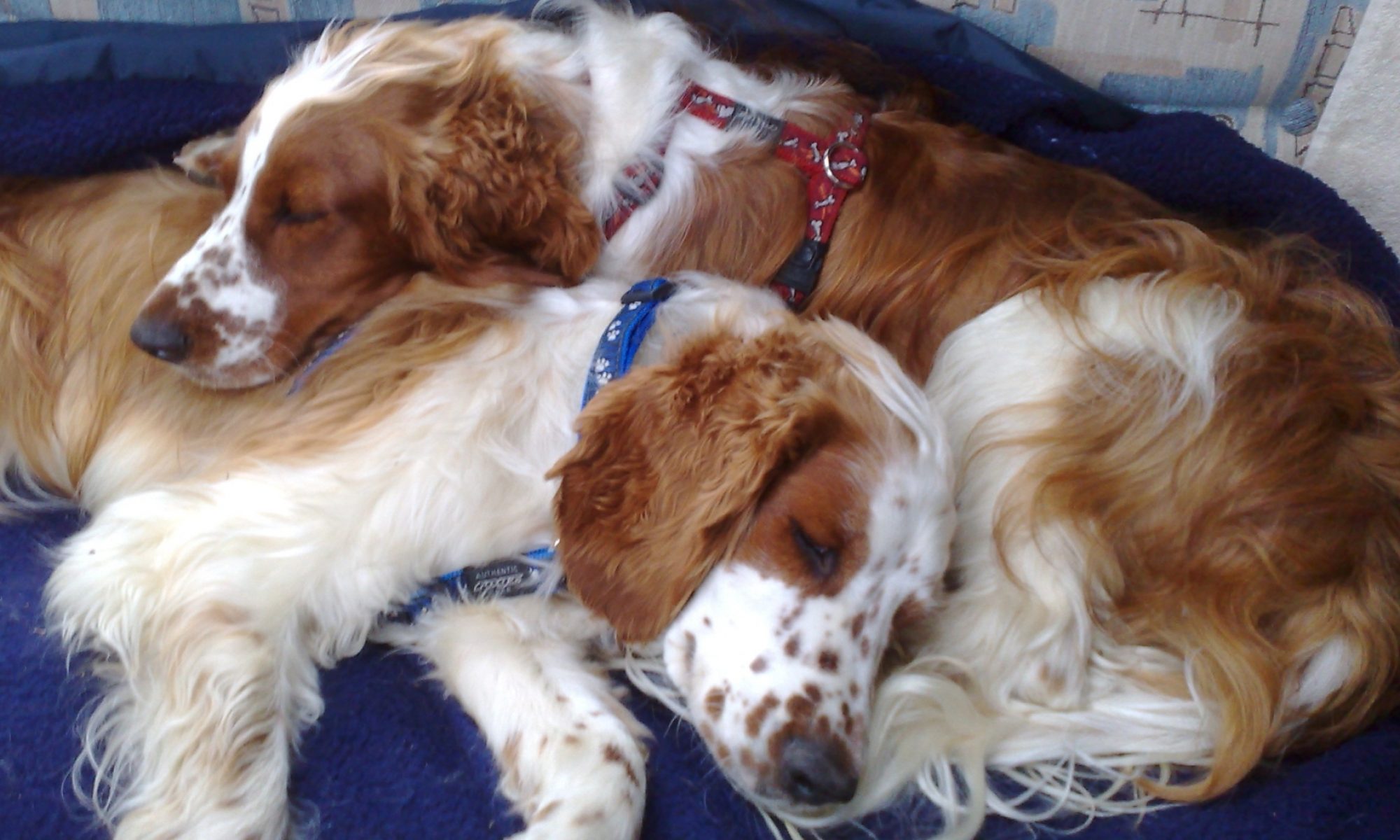How Does Acupuncture Work?

Acupuncture works by promoting the body to heal itself. There are two different explanations of how this happens – the Traditional Chinese medicine explanation (TCM) and the Western scientific approach.
According to TCM, illness is the result of an imbalance of vital energies in the body, and acupuncture restores that balance and allows the body to heal itself. Needles are inserted into the body tissue where nerve bundles and blood vessels come together (these are called acupuncture points), and they course all over the body’s surface on meridians (energy channels). These needles correct the energy imbalances in the body, enhance blood circulation, stimulate the nervous system and cause the release of anti-inflammatory and pain relieving hormones.
According to the Western scientific approach acupuncture stimulates certain nerve fibres that reduce the amount of pain information that is being carried back to the body. Additionally the needles cause the release of the body’s own morphine-like pain relieving and anti-inflammatory substances and stimulate blood supply, so aiding the healing process and acting as a pain reliever. The needles also cause relaxation at the site of insertion and in more distant locations (local and general pain relief). They improve tissue blood flow, oxygenation and the removal of metabolic wastes and toxins.
Each time an animal has acupuncture the effect lasts longer, as the body remembers it and builds upon it.
Examples of conditions that it can be beneficial for are:
Arthritis
Endocrine disorders
Epilepsy / Seizures
Gastrointestinal disease
Hip dysplasia
Immune function
Intervertebral disc prolapse
Lick granulomas
Muscular strains
Pain
Reproductive problems
Skin conditions
Spinal problems
Systemic inflammatory conditions
Urinary disorders
